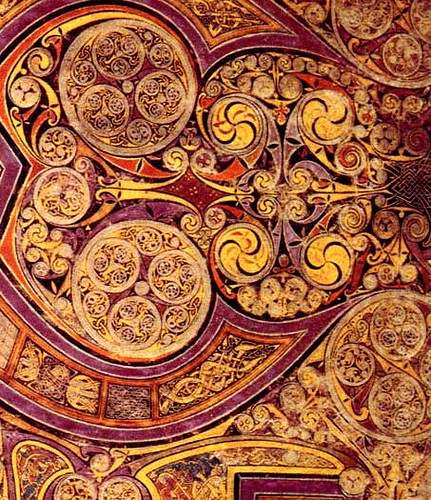Great FUN exploring from ancient to medieval times learning how each society’s effort in communication & culture would be passed down to the next generation.
Some began with pictures and eventually those pictures turned into words. Others began with pictures and they turned into symbols of sound. The Chinese didn’t do that but turned their pictures into thousands of characters each representing a certain word or meaning. The main thing I wonder about is the textbook statement, page 4, “…these early pictures were made for survival, and for utilitarian and ritual purposes." I think that some may have been just doodling like we do today.

Carvings of people and a boat (10,000 B.C.) Gobustan, Azerbaijan;
http://unescohat.files.wordpress.com/2007/07/gobusta.jpg



http://unescohat.files.wordpress.com/2007/07/gobusta.jpg
In the textbook, I didn’t find any mention Mesoamerican writing or murals, etc. So I thought I would surf the net and see what there was out there. Maybe why we are not studying is because it didn’t evolve into our western letters or maybe the time frame. However we did study the Koran and Chinese. I thought this sample was colorful and remarkable since most was destroyed.
 |
| Maya illuminated manuscript National Museum of Anthropology http://essentialhumanities.net/artw13.html |
Sample of Pictograph
The Aztecs and Mayans had Codices also.

“The Codex Boturini follows the M’exica Aztecs from Axtlan to Culhuacan, Tula's ally in the Basin of Mexico, where their leader is sacrificed. The first excerpt shows the beginning of the journey, when the four Mexica god-bearers seem to lead eight named ethnic groups. About 28 years later, the Mexica settled down for a 19-year stay at Tollan (Place of Reeds). Then, 116 years later, their long journey was almost over, as they lived for 20 years at Chapultepec (Grasshopper Hill).”
This is a close up view of what is in the textbook, page 48.
Love this spiral style! Medieval Celtic Book of Kells (597 A.D.)
“The Book of Kells (top) is the high point of a group of manuscripts in what is known as the Insular style produced from the late 6th through the early 9th centuries in Ireland. One characteristic of these medieval manuscripts is horror vacui, a design principle of thelogical connotations.”
http://arh346.blogspot.com/2007/08/book-of-durrow.html
I found this cool alphabet family tree! Also on the site is clickable graph of each language of the world that shows its history, and sometimes a sample. Click here if you want go to it! http://www.ancientscripts.com/ws_timeline.html

Another gorgeous Celtic Manuscript sample! Deep rich colors, intricate and detailed: Some think a magnifying glass was used on some of these.

No comments:
Post a Comment